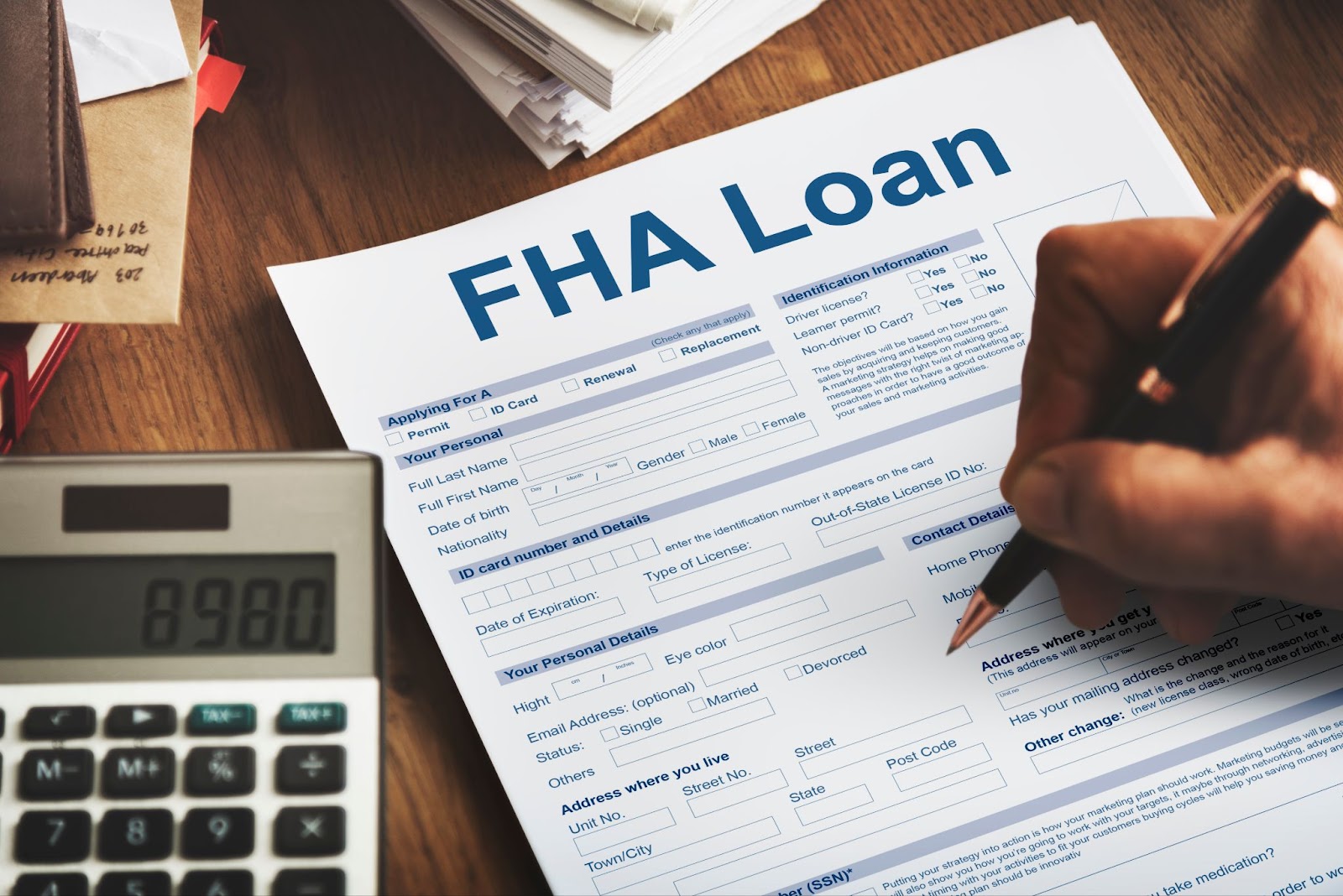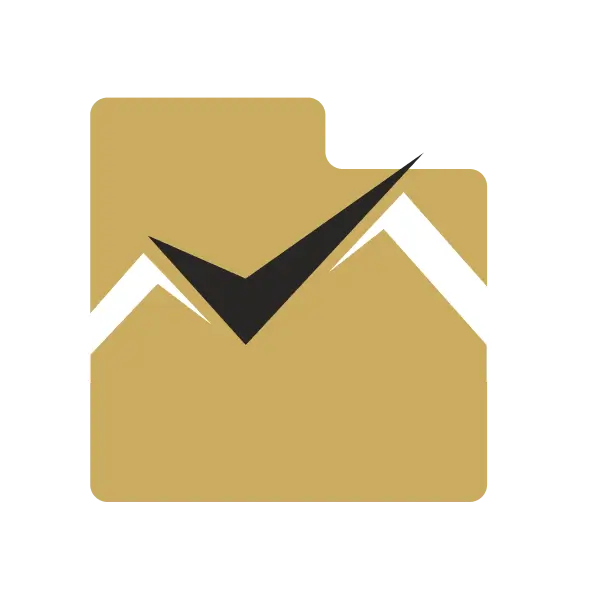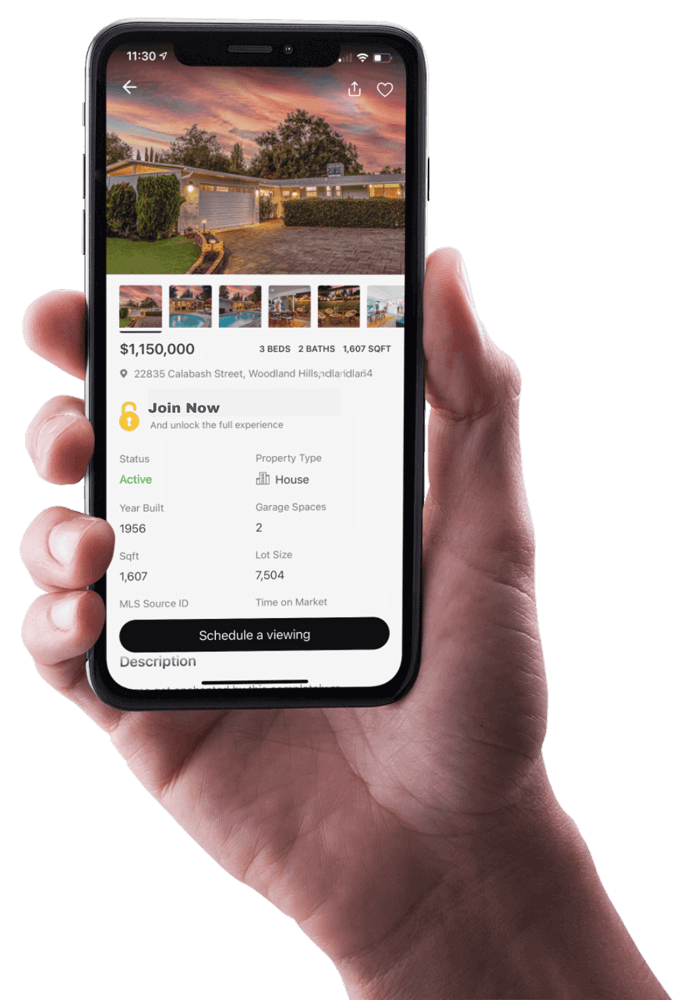Understanding the difference between title and deed is essential for anyone involved in Utah real estate, whether purchasing a starter home in Salt Lake City, investing in a rental property near St. George, or closing on a mountain property in Park City.

Buying a home can feel like a dream come true, but for many, the process seems overwhelming, especially when it comes to financing. If you're a first-time homebuyer, have a modest income, or your credit score isn't perfect, an FHA home loan might be the key to making homeownership a reality.
This article will give you a breakdown of what an FHA home loan is and guide you through the steps to apply for one as easily as possible. By the end, you'll have a clear understanding of how this loan works and how to navigate the application process with confidence.
What Is an FHA Home Loan?
An FHA home loan is a mortgage supported by the Federal Housing Administration (FHA)—a division of the Housing and Urban Development (HUD) of the United States. Unlike conventional loans offered by private lenders, FHA loans are insured by the government, which means the lender is protected if you can't repay the loan. This insurance makes lenders more willing to work with borrowers who might not qualify for traditional mortgages.
These loans are designed to help people who face challenges getting approved for a conventional loan, such as first-time buyers, those with lower credit scores, or individuals with limited savings for a down payment. For example, while a conventional loan might require a 20% down payment and a credit score of 620 or higher, an FHA loan is much more flexible. You can qualify with a credit score as low as 500 and a down payment as small as 3.5% if your score is 580 or above.
However, there's a trade-off. FHA loans require you to pay mortgage insurance premiums to protect the lender. This includes an upfront premium (usually 1.75% of the loan amount) and annual premiums added to your monthly payments. These costs can add up, but for many, the benefits of easier qualification outweigh the extra expense.
Another key feature of FHA loans is that they have limits on how much you can borrow, and these limits depend on where you live. For 2025, the loan limit for a single-family home in most areas is USD$ 524,225, but it can be higher in areas with expensive housing markets, like parts of California or New York. The home you buy must also meet FHA standards, meaning it needs to be safe and livable, which is checked during an appraisal.
In short, FHA loans open the door to homeownership for people who might otherwise be locked out. Now that you know what an FHA loan is, let's move on to how you can apply for one without feeling overwhelmed.
Why Choose an FHA Loan?
Before learning the application process, let's talk about why first-time homebuyer FHA loans might be right for you. The biggest draw is the low down payment. Saving up 20% for a conventional loan can take years, especially if you're young or just starting out. With an FHA loan, you could put down as little as 3.5%, which means you need much less cash upfront. For a USD$ 200,000 home, that's USD$ 7,000 instead of USD$ 40,000.
Another reason to consider an FHA loan is the relaxed credit requirements. If you've had credit issues in the past, like missed payments or high debt, an FHA loan gives you a second chance. You can qualify with a credit score as low as 500, though you'll need a 10% down payment if your score is below 580. This flexibility makes FHA loans a lifeline for people who don't have perfect financial histories.
Plus, FHA loans are widely available. You can apply through banks, credit unions, or mortgage brokers who are approved by the FHA. This gives you options to shop around for the best rates and terms. With all these benefits, it's no wonder FHA loans are a popular choice for first-time buyers. So, how do you get one? Let's walk through the steps.
How to Apply for an FHA Loan Easily
Applying for an FHA loan doesn't have to be complicated. By breaking it down into clear steps and preparing ahead of time, you can make the process smooth and stress-free. Here's how to do it:
Step 1: Check If You Qualify
Before you start, make sure you meet the basic requirements. You'll need a steady income (like a job you've had for at least two years), a debt-to-income ratio (your monthly debt payments compared to your income) of 43% or less, and a plan to use the home as your primary residence. Your credit score matters, too, but as we mentioned, FHA loans are forgiving—scores as low as 500 can work.
To make this step easier, pull your credit report from a free site like AnnualCreditReport.com. Check for errors and see where you stand. If your score is low, consider paying down some debt to boost it before applying.
Step 2: Gather Your Documents
Lenders need to see proof of your financial situation, so have these documents ready:
-
Recent pay stubs (usually from the last 30 days).
-
W-2s or tax returns for the past two years (especially if you're self-employed).
-
Bank statements to show your savings.
-
A government-issued ID and your Social Security number.
-
A list of your debts, like credit cards, car loans, or student loans.
Having these documents organized in a folder or scanned digitally will save you time later. Many lenders let you upload documents online, which speeds things up.
Step 3: Find an FHA-Approved Lender
Not every lender offers FHA loans, so you need to work with one approved by the FHA. You can find a list on HUD.gov or ask your bank or credit union if they're FHA-approved. A mortgage broker can also help by comparing offers from multiple lenders to find the best deal.
To make this step easy, shop around. Call or check online for at least three lenders to compare interest rates, fees, and customer service. Some lenders specialize in FHA loans and can guide you through the process with less hassle.
Step 4: Get Pre-Approved
Pre-approval is like a sneak peek of how much you can borrow. You'll submit your financial documents to the lender, and they'll give you a letter stating the loan amount you qualify for. This letter shows sellers you're a serious buyer, which can give you an edge in a competitive market.
Pre-approval also helps you set a realistic budget before you start house hunting. To make this step quick, apply online with a lender that offers fast pre-approval, often within a day or two.
Step 5: Fill Out the Loan Application
Once you're pre-approved, it's time to complete the official loan application, called the Uniform Residential Loan Application (Form 1003). This form asks for details about your income, employment, assets, and debts. Many lenders let you fill this out online, which is convenient and fast.
Be honest and thorough when filling out the form. Mistakes or missing information can delay the process. If you're unsure about anything, ask your lender for help—they're used to guiding first-time buyers.
Step 6: Find a Home
Now comes the fun part: finding your home! Look for a property that fits within the FHA loan limits for your area. The home must also pass an FHA appraisal, which checks for safety and livability. For example, the house needs working heat, a solid roof, and no major hazards like exposed wiring.
To simplify this step, work with a real estate agent who knows FHA requirements. They can help you find homes that meet the standards and avoid surprises during the appraisal.
Step 7: Go Through Underwriting
Once you've chosen a home and made an offer, the lender sends your application to underwriting. This is where they review everything—your finances, the home's appraisal, and the loan terms. The appraiser will confirm the home's value and condition meet FHA standards.
If the underwriter asks for more documents, respond quickly to keep things moving. This step can take a few weeks, so be patient, but stay in touch with your lender.
Step 8: Close the Loan
When your loan is approved, you'll attend a closing meeting to sign the final paperwork. You'll need to pay the upfront mortgage insurance premium (1.75% of the loan) and any closing costs, though some costs can be rolled into the loan. Review all documents carefully before signing.
To make closing easier, ask your lender for a closing disclosure a few days in advance. This form outlines all costs so you know exactly what to expect.

Tips to Make the Process Even Smoother
To wrap things up, here are a few extra tips to streamline your FHA loan application:
-
Boost your credit: Pay down credit card balances and avoid new loans before applying to improve your score.
-
Use online tools: Many lenders offer online portals for applications and document uploads, saving you time.
-
Explore assistance programs: Some states offer down payment assistance for FHA buyers. Check with your lender or HUD.gov.
To make it easier, a mortgage broker or experienced real estate agent can guide you and catch potential issues early.
Final Thoughts
An FHA home loan is a fantastic option for anyone looking to buy a home with a lower down payment or less-than-perfect credit. By understanding what an FHA loan is and following these straightforward steps, you can apply with confidence and move closer to owning your dream home. For the latest details or to find an FHA-approved lender, visit HUD.gov or talk to a trusted lender in your area. With a little preparation, you'll be signing the keys to your new home in no time!
Posted by Kristopher Larson
Related Articles:











